Despite her initial dream of becoming a model, Tapas or Chang Ling-hsin (張凌馨) is a 14-year-old girl who is not obsessed with taking duck-face selfies. Armed with her Nikon D60, she focuses her 18-55mm lens and snaps a few shots of schoolchildren playing basketball outside of her old school, Taoshan Elementary School (桃山國小). The court overlooks the fogged-covered mountains of her hometown, an Atayal village called Chingchuan (清泉) which is near Hsinchu.
Her camera was a gift from Australian photographer Jonathan Burke, a long-time Taipei resident who regularly volunteers at the school. He gave it to Tapas in January after noticing her experimentation with angles and perspectives on her cellphone camera. Since then, Tapas has been photographing scenes from Chingchuan to submit to the Makapah Arts Award for images depicting Aboriginal culture.
CHALLENGING STEREOTYPES
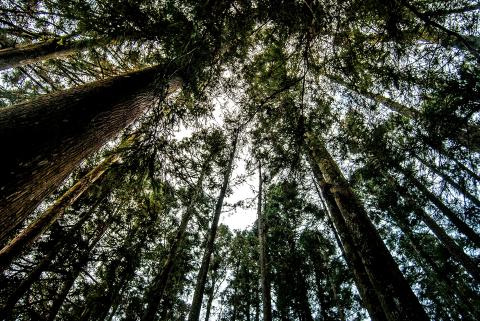
Photo courtesy of Tapas
Despite her youth, Tapas understands the stereotypes people have of Aboriginal people and hopes to challenge those negative perceptions through her photography.
“I don’t feel oppressed or marginalized at all, which is how people might expect us to feel,” she said.
Aboriginal culture is often filtered to cater to the needs of tourists, especially in the form of costumes, dance and music. Tapas’ pride in her Atayal culture is evident in her pictures but in a different and subtle way. Her portraitures capture everyday life in Chingchuan from special occasions like birthday gatherings to friends having a chat. The message she wishes to convey is that Atayal people do the same things other people do.
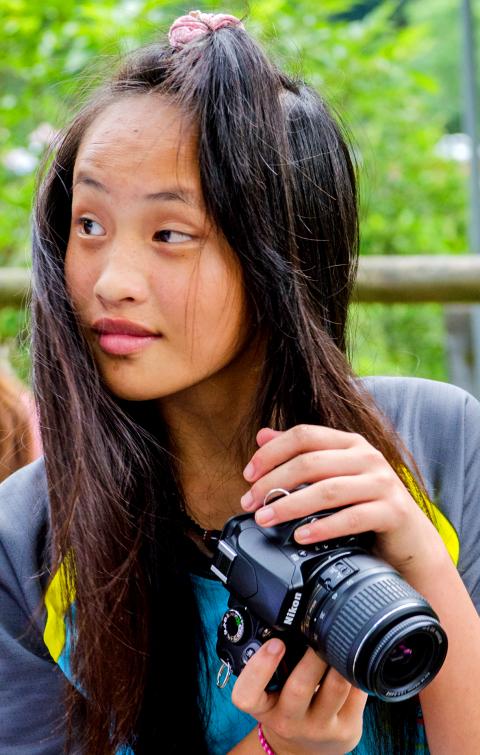
Photo courtesy Jonathan Burke
“Each shot that I take captures the emotion I am feeling at that moment, whether it is happy, sad or frustrated, so while the pictures tell my own story, anyone can relate to them because life is about experiencing all these various emotions,” Tapas said.
Although her message is universal, Tapas’ love for Chingchuan is obvious. Gazing into the same mountainous backdrop, she talks about a picture she took of the fog resting on the trees after an argument she had with a classmate.
She says that “taking the picture really helped me to let go of the negative energy, and the feeling that other people glean from viewing it is also very peaceful.”
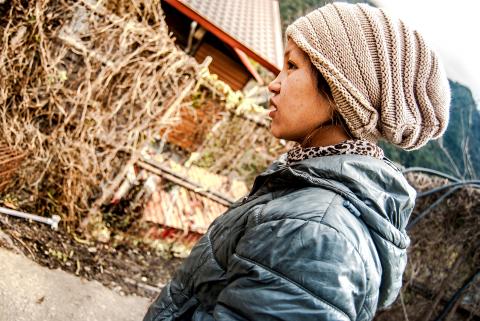
Photo courtesy of Tapas
FAMILY SUPPORT
Tapas’ family did not initially understand the meanings behind her photographs. She describes how they used to just look at them and say “great,” handing the camera back to her.
After seeing how dedicated Tapas has been towards pursuing this “hobby” though, her family, especially her mother, has been supportive of her decision to enter competitions and even pursue photography as a profession.
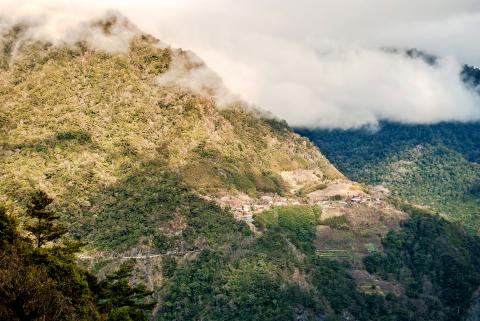
Photo courtesy of Tapas
This encouragement is important to Tapas since she is very close to her extended family. She calls her cousins “brothers and sisters,” and they are often the main subjects of her work.
Referring to a picture she took of her older sister playing the piano, Tapas says that if she had to write a caption for her photobook portfolio, it would read: “Everyone’s life is like a song and each song tells a different story.”
Tapas’ photography has caught the eye of Taipei-based foreign filmmakers who are working on a crowdfunding campaign on Fuudai.com to upgrade her lens to a Nikkor 18-200mm for a greater zoom function so that she can better tell her stories.
Tapas says she is still too young to decide her future. Although she adds that her mother believes photography is “at least a more practical option to pursue than modeling.”
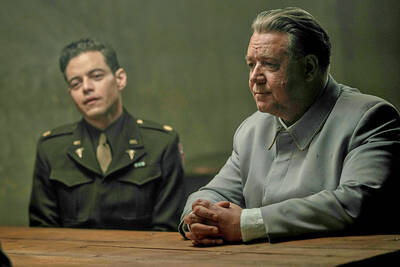
The Nuremberg trials have inspired filmmakers before, from Stanley Kramer’s 1961 drama to the 2000 television miniseries with Alec Baldwin and Brian Cox. But for the latest take, Nuremberg, writer-director James Vanderbilt focuses on a lesser-known figure: The US Army psychiatrist Douglas Kelley, who after the war was assigned to supervise and evaluate captured Nazi leaders to ensure they were fit for trial (and also keep them alive). But his is a name that had been largely forgotten: He wasn’t even a character in the miniseries. Kelley, portrayed in the film by Rami Malek, was an ambitious sort who saw in

It’s always a pleasure to see something one has long advocated slowly become reality. The late August visit of a delegation to the Philippines led by Deputy Minister of Agriculture Huang Chao-ching (黃昭欽), Chair of Chinese International Economic Cooperation Association Joseph Lyu (呂桔誠) and US-Taiwan Business Council vice president, Lotta Danielsson, was yet another example of how the two nations are drawing closer together. The security threat from the People’s Republic of China (PRC), along with their complementary economies, is finally fostering growth in ties. Interestingly, officials from both sides often refer to a shared Austronesian heritage when arguing for

Among the Nazis who were prosecuted during the Nuremberg trials in 1945 and 1946 was Hitler’s second-in-command, Hermann Goring. Less widely known, though, is the involvement of the US psychiatrist Douglas Kelley, who spent more than 80 hours interviewing and assessing Goring and 21 other Nazi officials prior to the trials. As described in Jack El-Hai’s 2013 book The Nazi and the Psychiatrist, Kelley was charmed by Goring but also haunted by his own conclusion that the Nazis’ atrocities were not specific to that time and place or to those people: they could in fact happen anywhere. He was ultimately
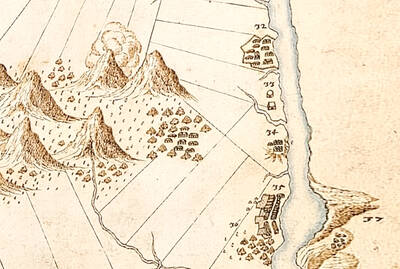
Nov. 17 to Nov. 23 When Kanori Ino surveyed Taipei’s Indigenous settlements in 1896, he found a culture that was fading. Although there was still a “clear line of distinction” between the Ketagalan people and the neighboring Han settlers that had been arriving over the previous 200 years, the former had largely adopted the customs and language of the latter. “Fortunately, some elders still remember their past customs and language. But if we do not hurry and record them now, future researchers will have nothing left but to weep amid the ruins of Indigenous settlements,” he wrote in the Journal of